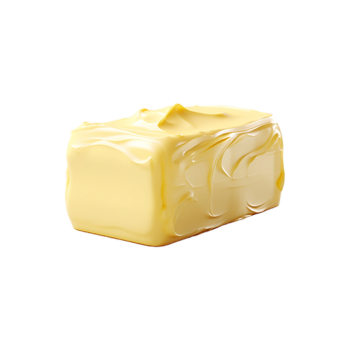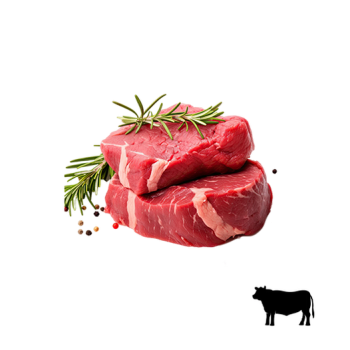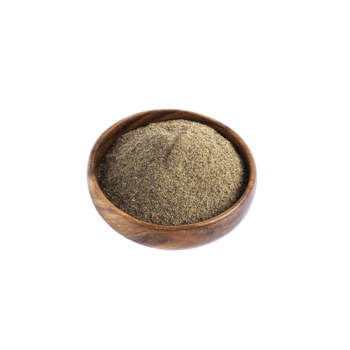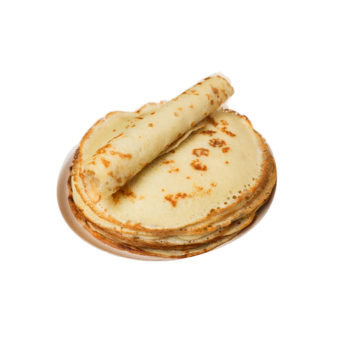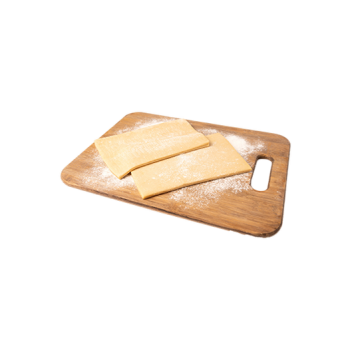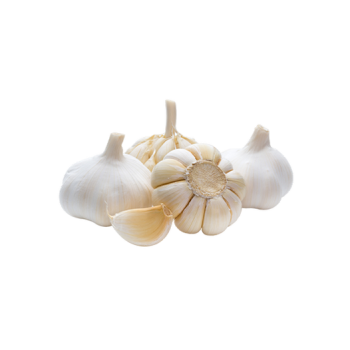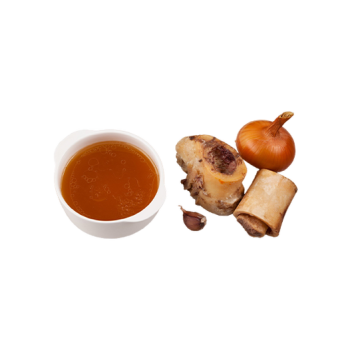Beef Wellington
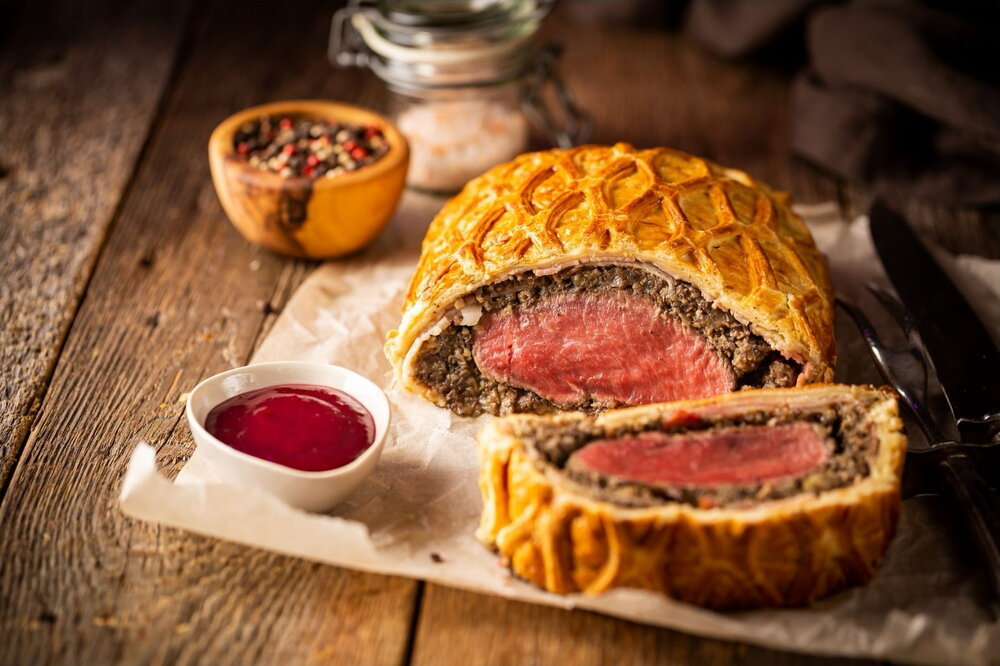
A show-stopping Beef Wellington wrapped in crepes and golden pastry, served with creamy potato dauphinoise and a luxurious dry and sweet wine reduction. Perfect for special occasions or an indulgent dinner.
Updated : 25 July, 2025

Easy
About 1 hour.
Ingredients
For the mushroom duxelle
For the Wellington
For the potato dauphinoise
For the wine reduction
Table
Table of volume measurements:
- teaspoon - 5 ml
- dessert spoon - 10 ml
- tablespoon - 20 ml
- glass - 200 ml
Preparation
Step 1
To prepare the mushroom duxelle, heat the butter and vegetable oil in a frying pan. Once hot, add the chopped shallots and cook for about two minutes, stirring constantly. Add the chopped mushrooms, reduce the heat slightly, and continue cooking for around ten minutes, stirring often, until the mushrooms are soft and their liquid has evaporated. Stir in the cream and cook for another two minutes. Remove from the heat and allow to cool completely.
Step 2
For the Wellington, heat the oil in a frying pan over high heat. Season the beef fillet generously with salt and pepper. Once the oil is smoking hot, sear the beef on all sides until it develops a rich, caramelized crust. Transfer to a plate and allow to cool. (Do not clean the pan - reserve it for the wine reduction.)
Step 3
Lay out the crêpes on a clean surface, overlapping them to create a single layer large enough to enclose the fillet with about 2.5cm/1in extra at both ends. Spread the cooled mushroom duxelle evenly over the crêpes.
Step 4
Pat the fillet dry with kitchen paper, then place it on top of the duxelle. Carefully roll the crêpes around the beef, enclosing it fully, and trim off any excess. Wrap the crêpe-covered fillet tightly in clingfilm, forming a firm cylinder, and refrigerate for about 30 minutes until completely cold.
Step 5
Meanwhile, begin preparing the potato dauphinoise. Preheat the oven to 150C. Rub a deep baking dish or casserole with a cut piece of raw garlic. Place the sliced potatoes in a bowl with the cream, season well with salt and pepper, and stir to coat. Arrange the potatoes evenly in the dish, cover with foil, and bake for 30 minutes. Remove the foil and continue baking for 20-30 minutes while you prepare the Wellington.
Step 6
Roll the pastry out on a floured surface to a rectangle about 3mm thick. Brush the surface with beaten egg yolk. Remove the cling film from the chilled fillet and place it in the centre of the pastry.
Step 7
Fold the pastry over the fillet, gently stretching one edge to avoid a bulky seam, and press down firmly to seal. You’ll be left with open ends; flatten these lightly with a rolling pin and trim into triangle shapes. Brush with a bit of egg yolk and press the triangles against each end of the Wellington to seal. Flip the whole Wellington over so the seam is underneath.
Step 8
Place the assembled Wellington onto a baking tray, brush all over with remaining egg yolk, and refrigerate for 5-10 minutes to firm up. Increase the oven temperature to 180C (keep the dauphinoise in the oven during this time).
Step 9
Once chilled, remove the Wellington from the fridge and score a decorative pattern on top. Bake in the oven alongside the dauphinoise for 25 minutes. Remove from the oven and let it rest for 10 minutes before slicing. This resting period will yield perfectly pink beef - cook longer if desired, but always rest before serving.
Step 10
To make the wine reduction, use the same pan in which the beef was seared. Melt the butter over medium heat, add the chopped shallot, and sauté for 3-4 minutes until soft. Turn up the heat, pour in the dry wine and sweet wine, and simmer until reduced by half. Add the stock and continue reducing until the sauce reaches a thick, syrupy consistency. Strain through a fine sieve, stir in the truffle peelings, and keep warm until serving.
Step 11
Slice the Beef Wellington and serve with a generous spoonful of potato dauphinoise and the rich wine reduction on the side.

